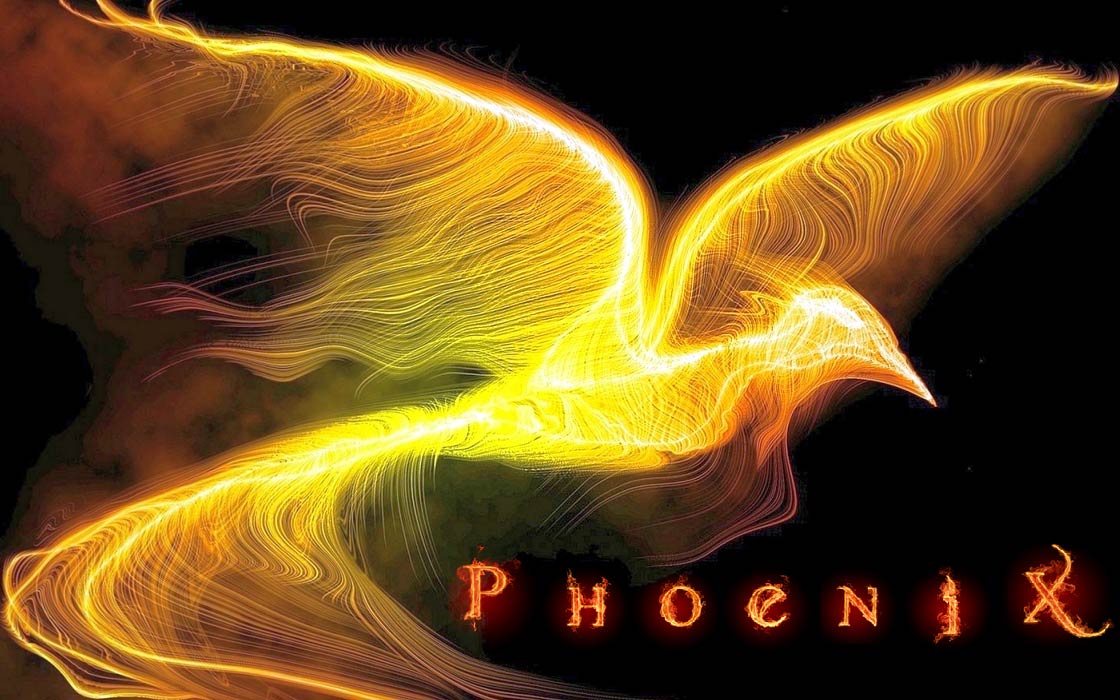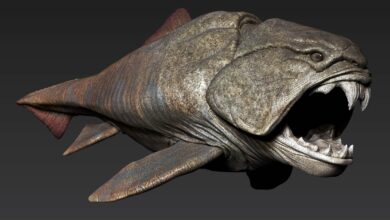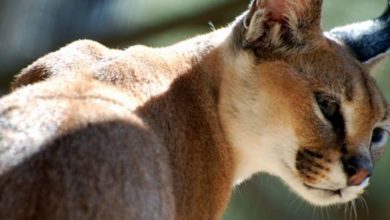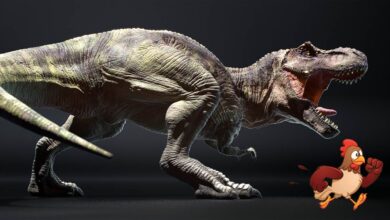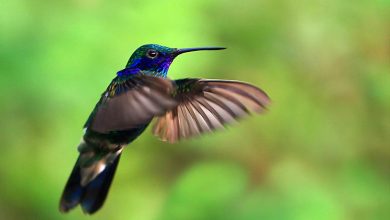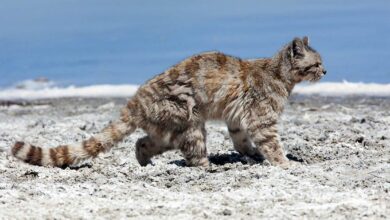Phoenix and Roc – Friend and Enemy of the Sun
Mythical birds
In many religions and beliefs, the sun symbolized the most important or at least important deities. So which animal could be more associated with it than a bird touching the clouds and looking down on everything like a god? Let us try to get to know the two largest birds, whose “relationship” with the sun, although different, were visible.
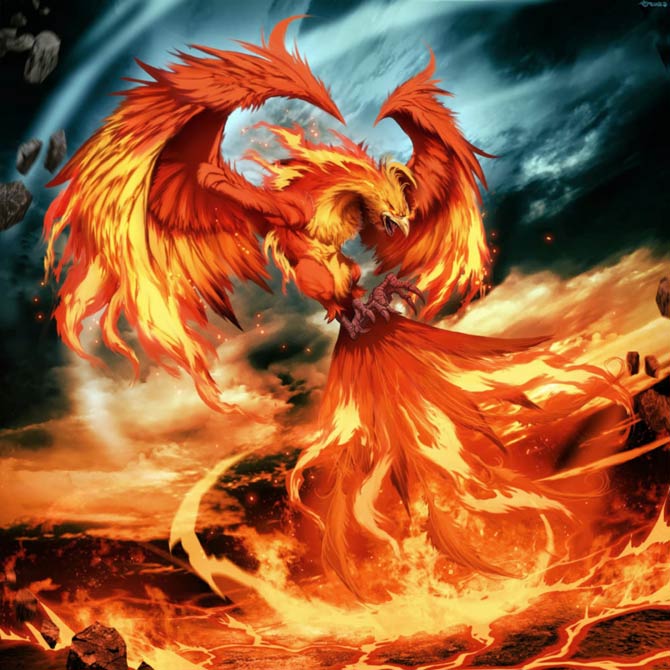
Phoenix – a bird that symbolizes the sun
Characteristic
If you follow ancient and medieval art, the phoenix was surrounded by a halo. This feature clearly emphasized his relationship with the sun. The oldest images show him with a halo of seven rays, just like Helios being the personification of the sun in Greek mythology. Some, however, went further in their imaginations: the tragedy writer Ezekiel compares him to a rooster, and Pliny sees a crown of feathers instead of a halo.
Described as a colorful bird, even bright, which – according to Tacitus – was one of the elements distinguishing it from other species, although many believed that its plumage resembled a peacock. Even so, probably thanks to Herodotus, most people today associate them with red and gold feathers. Ezekiel mentioned earlier, had given him red legs and bright yellow eyes, but Lactantius believed his eyes were blue like sapphire, his legs were covered with yellow-gold scales, and his claws were pink.
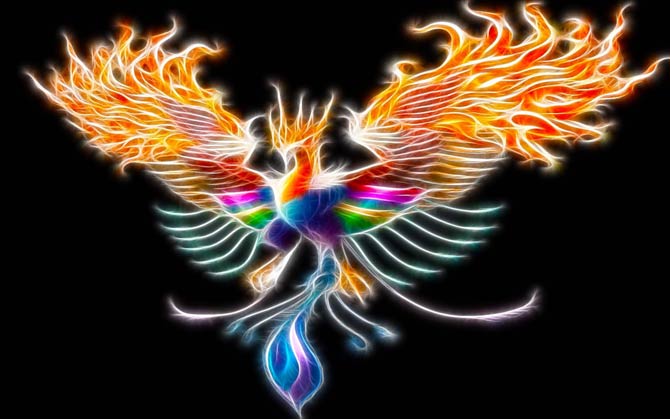
How big was the phoenix?
Writers such as Pliny, Herodotus, and Flavius Philostratus compare him to an eagle, while Lactantius and Ezekiel claim that he was bigger (according to Lactantius, he was even bigger than an ostrich).
Initially, the Egyptians identified it with a stork or heron-like bird called Benu, derived from the Book of the Dead and other Egyptian texts. Benu is one of the symbols of the cult of saints in Heliopolis, closely related to the rising sun and the Egyptian god Ra.
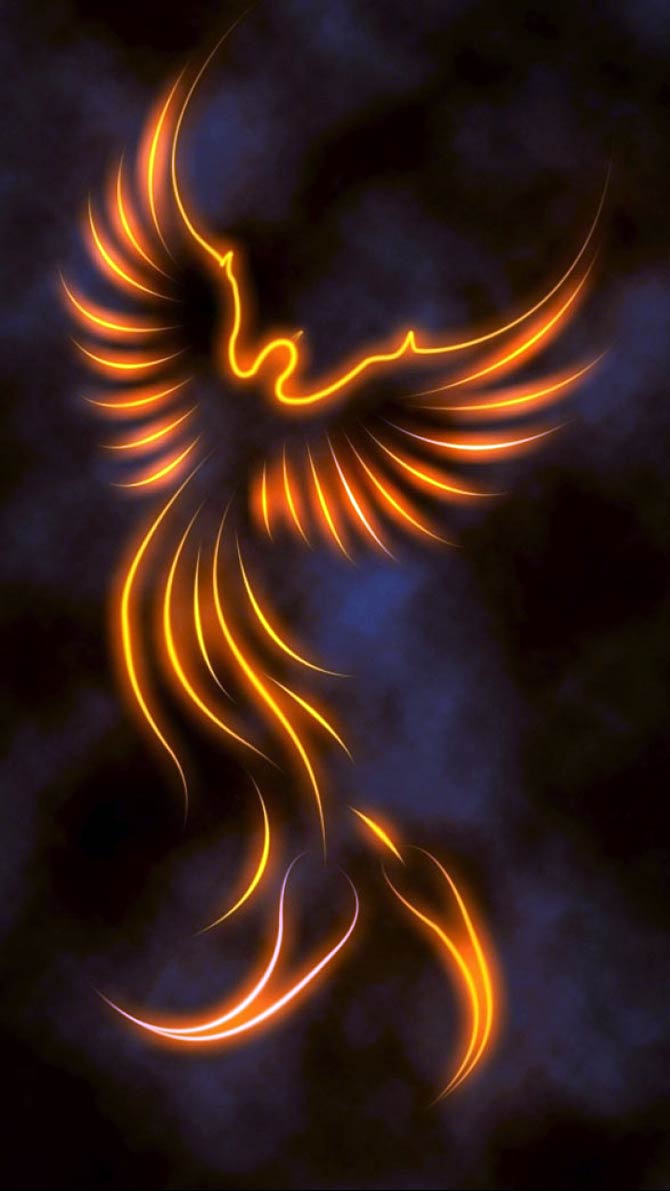
Symbols
This long-lived bird is cyclically regenerating or reborn. It was associated with the sun for a reason, as it gains new life from the ashes of its predecessor. So described in Greek mythology, it then passed to the symbolism of early Christianity. In most legends, it dies by fire, but in less popular versions it dies and decomposes before being reborn.
Long-lived
The phoenix, depending on its source and author, was a very long-lived bird. His life span was to be from 300, through 340, 500, 540, 1000 up to 1461 years. A small digression – by the way, apparently mankind has always dreamed of immortality – and have you ever wondered what could be done living 500 or 1000 years? We would have to have a completely different perception of reality than we do now to doom ourselves to such a long life. Today most people are bored with life in their 40s, and what if they lived a thousand years 😉
The phoenix was sexless
The phoenix was a sexless bird – it was reborn on its own. In a way, such a phenomenon occurs, for example, in sharks – more information on this subject can be found in the series of articles devoted to these predatory (with “small” exceptions) fish – Sharks.
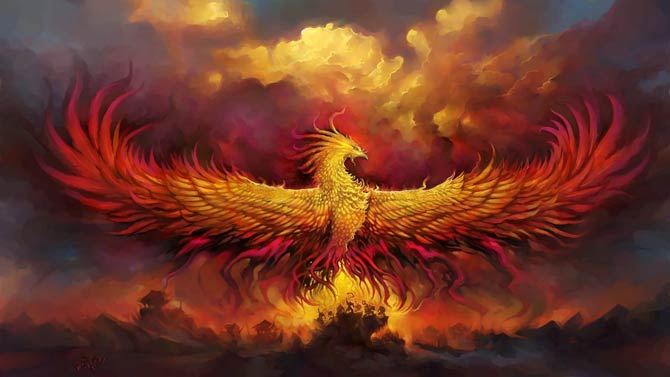
Rise like a phoenix from the ashes…
This beautiful bird with golden-red plumage, at the end of its life cycle, builds a nest from cinnamon twigs and then sets fire to it. Both the phoenix and the nest burn, turning to ash, from which a new, young phoenix is formed. The heir places the ashes of the predecessor in the myrrh egg and lays them in the Egyptian city of Heliopolis (Greek for “city of the sun”).
Regeneration is also subjected to when he feels pain or is hurt by the enemy, thanks to which he is an almost immortal and invincible being, so it symbolizes fire and divinity, but also broadly understood renewal, time, sacred, reincarnation, resurrection, life in Paradise, Mary, Christ, virginity (innocence) and other aspects of the Christian life. He was also often associated with royal power and the color purple. The symbolism of the immortal bird has been transplanted into modern popular culture, where it is associated with rebirth and uniqueness.
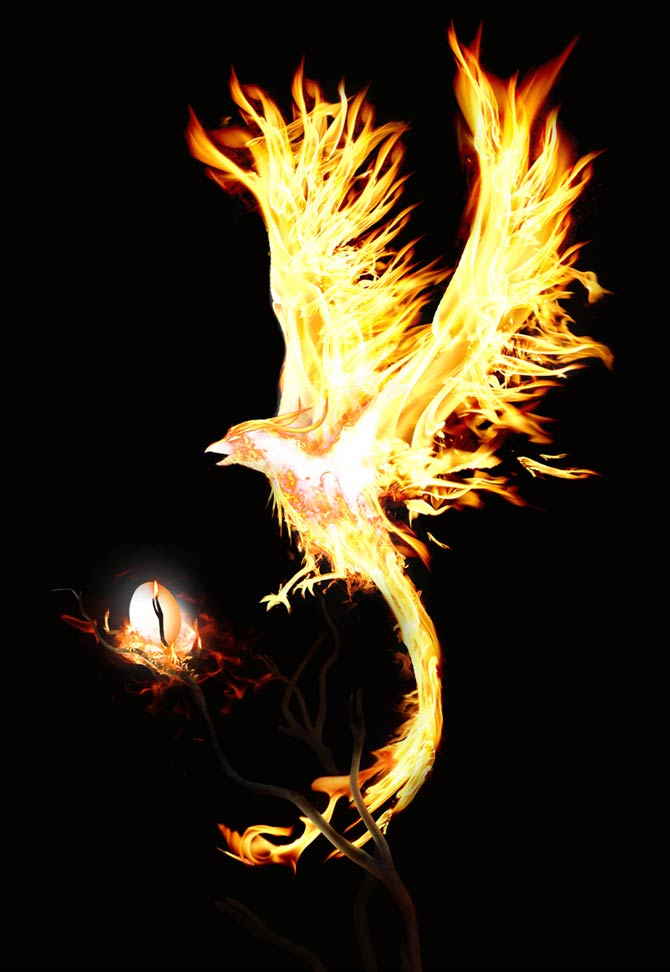
If the Phoenix really existed…
If it were a species of bird, it would rather live in a cooler climate than in a hot one. Only an exceptional man would see him, with magical potential, who needed help and asked for it. If this man could forge a strong bond with him, the bird would repay him with friendship, provided that he really wanted to. Like an eagle, it would dive in arctic waters to capture its prey – fish, krill or small mammals. Although the water in which he would hunt would be one of the coldest on Earth, the phoenix’s inner fire would not allow it to be in a different climate.
Origin of the name
In ancient Greece, the name of the bird φοίνιξ could have been associated with the Phoenician term for violet and the date palm, and Bishop Isidore of Seville, who lived at the turn of the 6th and 7th centuries, emphasized that it was related to purple. The clergyman’s statement changed the perception of the phoenix in the Middle Ages – the bird was considered a royal animal.
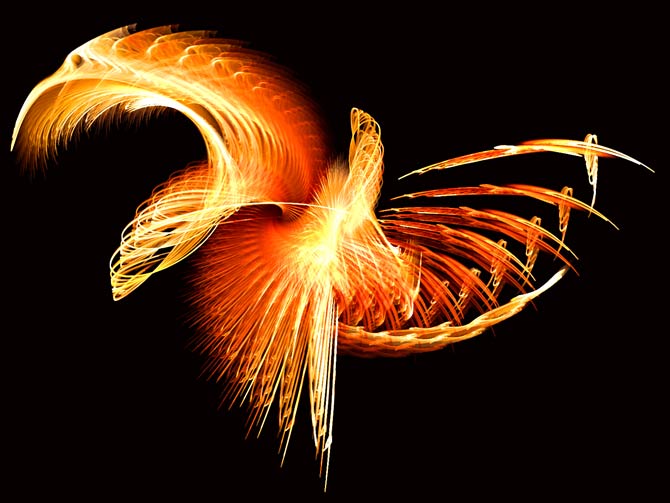
Roc / Rukh / Ruk / Ruch / Rok – the enemy of people
The bird that covers the sun
The second legendary and huge representative of birds of prey that Sinbad the Sailor himself met on his way. The Roc appears in Arab geography and natural history, and its character was popularized by a series of fairy tales related to Arab folklore entitled: “Fairy Tales from One Thousand and One Nights”.
Rabbi Beniamin of Tudela presented a story about a huge bird attacking sailors. The shipwrecked arrived on the island, changing clothes into beef skins, and then allowed the gryphons (griffins) to take them away like cattle.
The 13th-century traveler Marco Polo stated that he saw a huge bird in Madagascar and other East African islands, whose feathers were 12 paces long and whose claws were so strong that they could hold an elephant and lift it into the air.
The Roc was killing a great prey, dropping it from a height so that it would perish by the force of its fall. One of Magellan’s companions, Antonio Pigafetta, wrote that the home of Roc was the Chinese sea. In later centuries, this bird was depicted as an animal destroying ships in retaliation for destroying its gigantic eggs, as reported in Sinbad the Sailor’s fifth voyage.
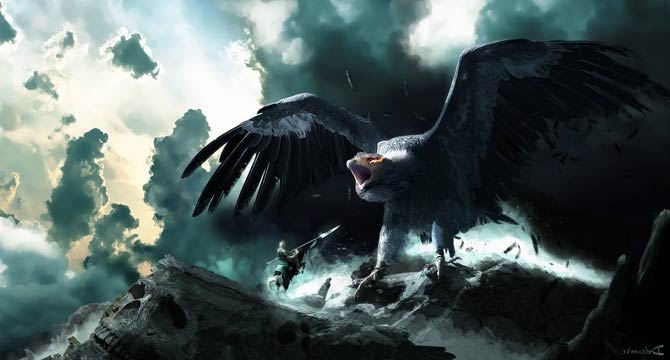
The Roc (Rukh) – characteristics
When it appeared in the sky, it covered the sun and the day became night. Waving his powerful wings, he generated wind so strong that it turned into a hurricane.
The plumage was very much like an eagle (brownish-gray-white) or uniformly white. In the big beak, there was a snake-like forked tongue and sharp, pointed teeth. It could easily kidnap a man or even an elephant. It terrorized all wild animals and natives. It was said that he was the ruthless guardian of a secret valley filled with jewels. Adventurers have always tried to find a way to get around this mythical creature to find the treasure it was guarding.
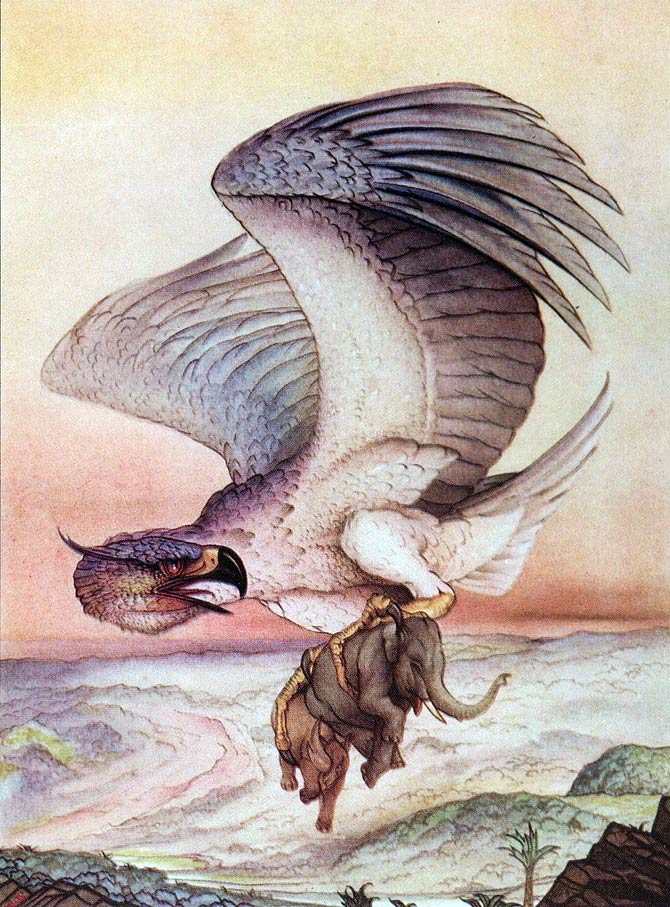
Phoenix and Roc – interesting facts
Other birds in mythology
The phoenix is not the only mythological bird associated with the sun or fire. In fairy tales and myths there are, for example, Benu (Bennu – the Egyptian sacred bird), Raróg (raraszek) in Slavic mythology or Heat-bird (Russian: Жар-птица Żar-ptica or Miracle-heat-bird) appearing in Russian fairy tales, but we will tell about them next time…
The phoenix in Chinese mythology
The phoenix also appears in Chinese mythology as the Chinese Phoenix (Fenghuang). The Chinese phoenix was the ruler of all birds.
Phoenix in Hinduism and Buddhism
In Hinduism and Tibetan Buddhism, the Phoenix appears as Garuda. Garuda is a Malaysian variety of Phoenix. In Japan, it is called Karura. Garuda is featured in the coats of arms of Thailand and Indonesia. Indonesian airline is called Garuda Indonesia.
The symbolism of the death of the phoenix
The death and rebirth of the phoenix were seen as symbols of sunrise and sunset.
The Phoenix in film, computer games and literature
The phoenix in various guises appears quite often in film and literature. You can meet him in the films: Flight of the Phoenix (2004) – American adventure film, a remake of the 1965 film; Phoenix – the mythical being that Jean Gray from Marvel’s “X-men” series reunited with after the accident; Fire Phoenix – Crew G’s vehicle (animated series). Phoenix also appears in computer games, but that’s about it on other websites 😉
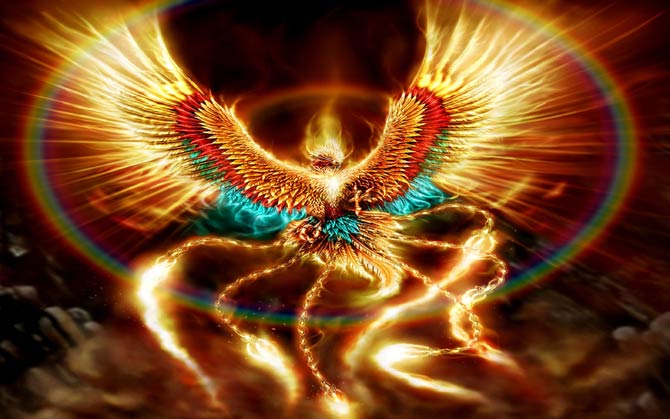
Recommended
- Cryptozoology
- Horses in mythology
- Werewolf, werewolves
- Giant snakes and sea monsters
- King Kong
- Godzilla
- Dragons
- Loch Ness monster
- Minnesota Iceman
- Yeti
- Bigfoot (Sasquatch)
- Yowie
- Alma
- Mokele-mbembe
- Beast of Gévaudan
- Orang Pendek
- Marozi
- Nadi Bear
- Aboriginal Rainbow Serpent
- Dyatlov Pass incident
- Animal records

